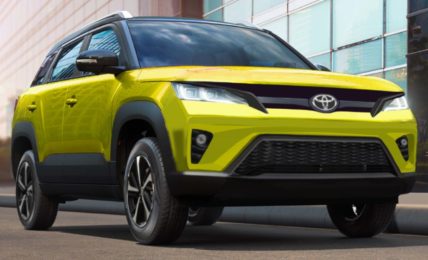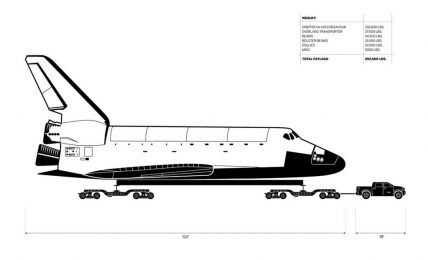Toyota’s safety initiative programme Integrated Safety Management (ISM) thrives for development of safer vehicles and related technology by researching on individual on-board safety systems. The aim is to link all safety systems on-board together to increase the overall safety of the vehicle. Toyota recently announced a new member in this initiative called the Pre-collision system. It is basically a collision warning system along with collision avoidance assist. This system could help avoid the adverse effects of a high speed collision and try as much possible to avoid the collision at all.
The Toyota Pre-collision system (PCS) uses a millimetre wave radar to detect the probability of a rear-end collision with the vehicle ahead. The system issues sound and display alerts when such a risk is detected and prompts the driver to step on the brakes. By recognizing the intensity of the risk, the PCS also, on an average, doubles the effect of the brakes applied by the driver. An overall deceleration of about 60 km/hr may be achieved through this system. In case the brakes are not applied by the driver in prompt time, the system enables a deceleration of about 15-30 km/hr. In this case, if a collision occurs, then the intensity of the same would be reduced by a high margin.
According to a research, more than 90 percent of rear-end collisions occur when the difference in speed between the preceding and following vehicle is within 60 km/hf. It was this data that formed the base for developing the Toyota PCS. The safety system is compatible with a varied range of models and should find its way in the newer 2013 models in the near future. Due to the cost involved, expect Toyota to charge quite an amount for this system.





